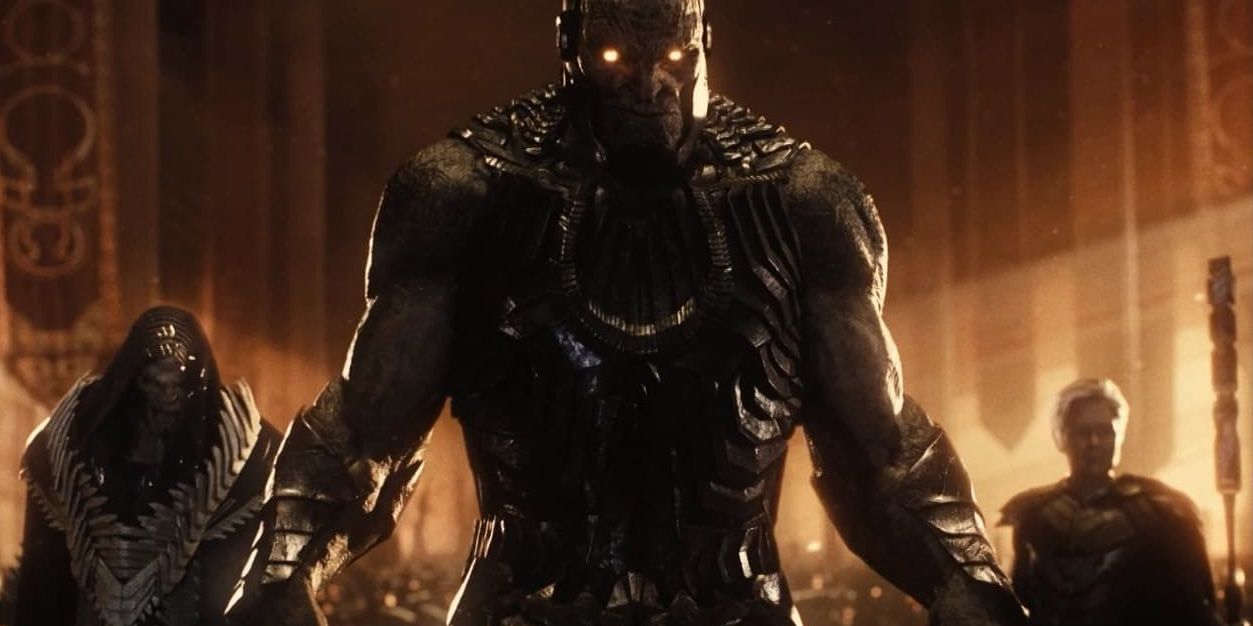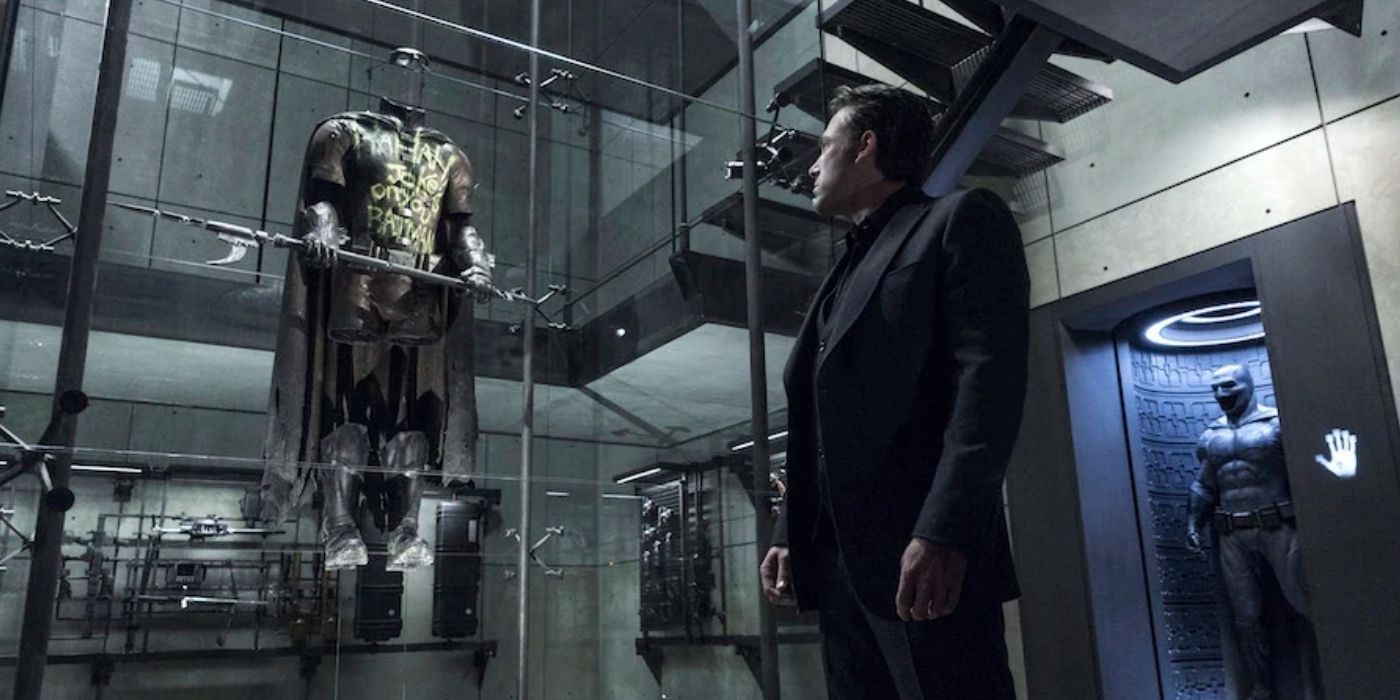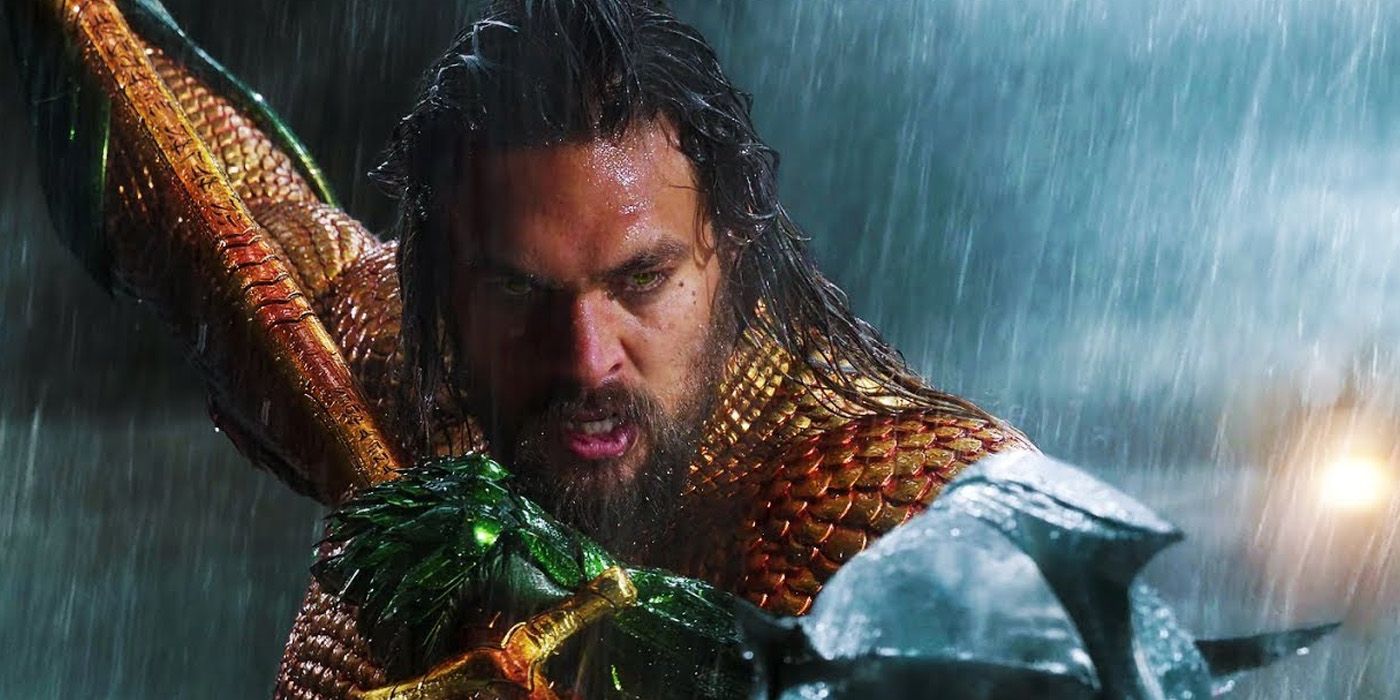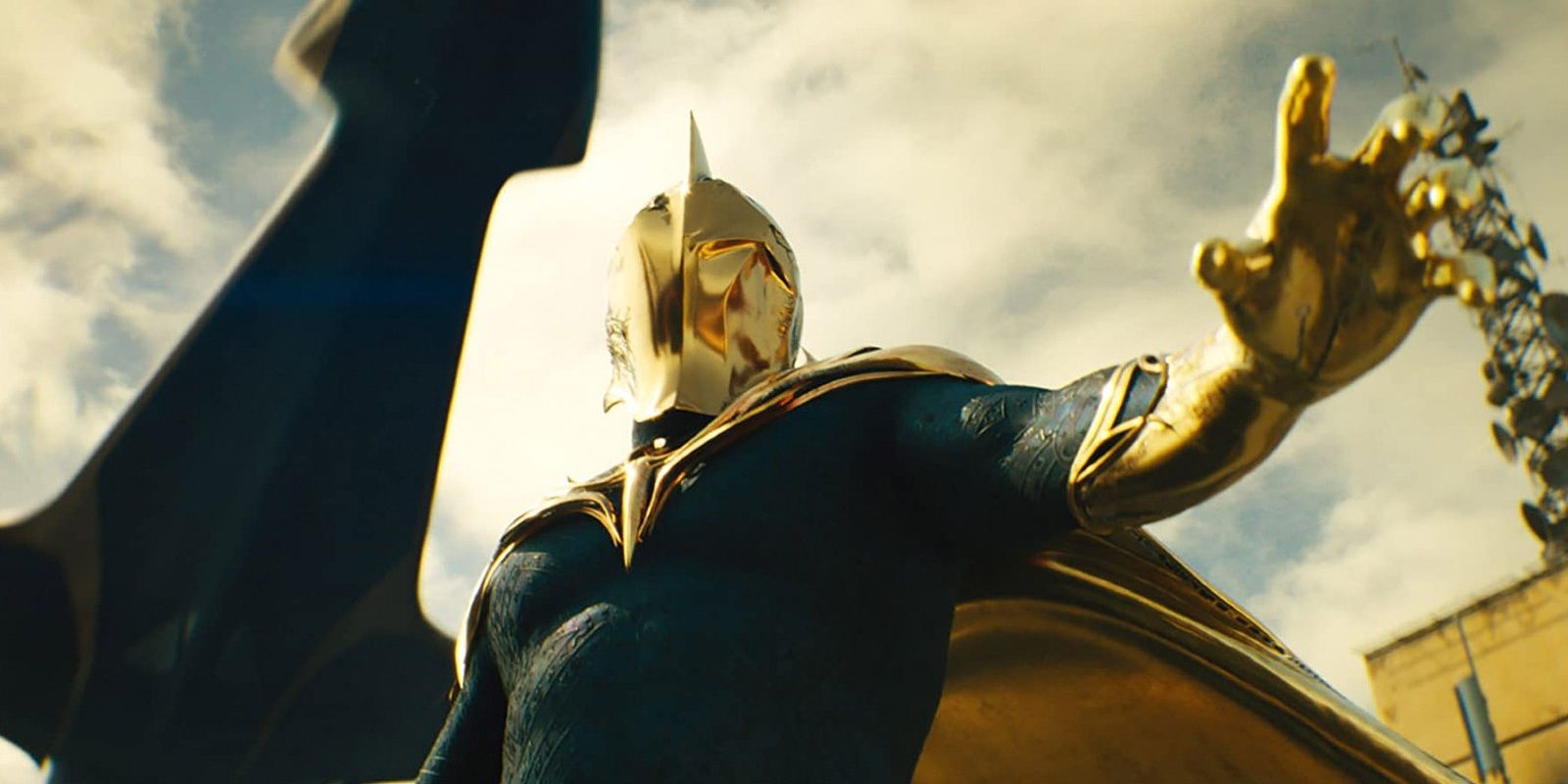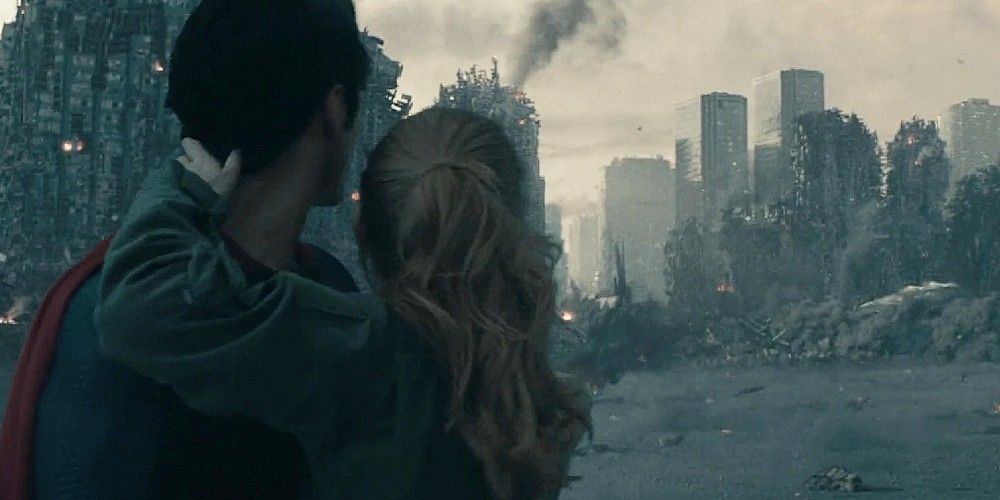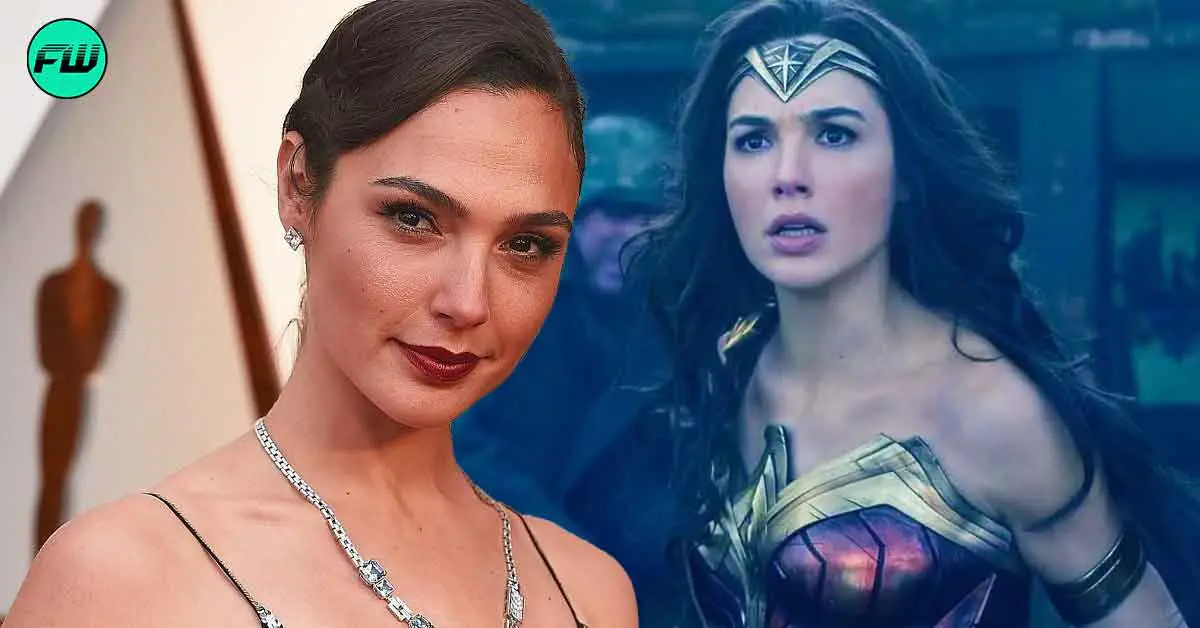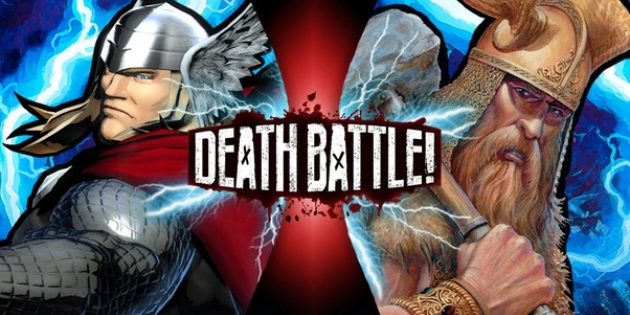With the DCEU going in a new direction, there are heavily used tropes that the new films should avoid.
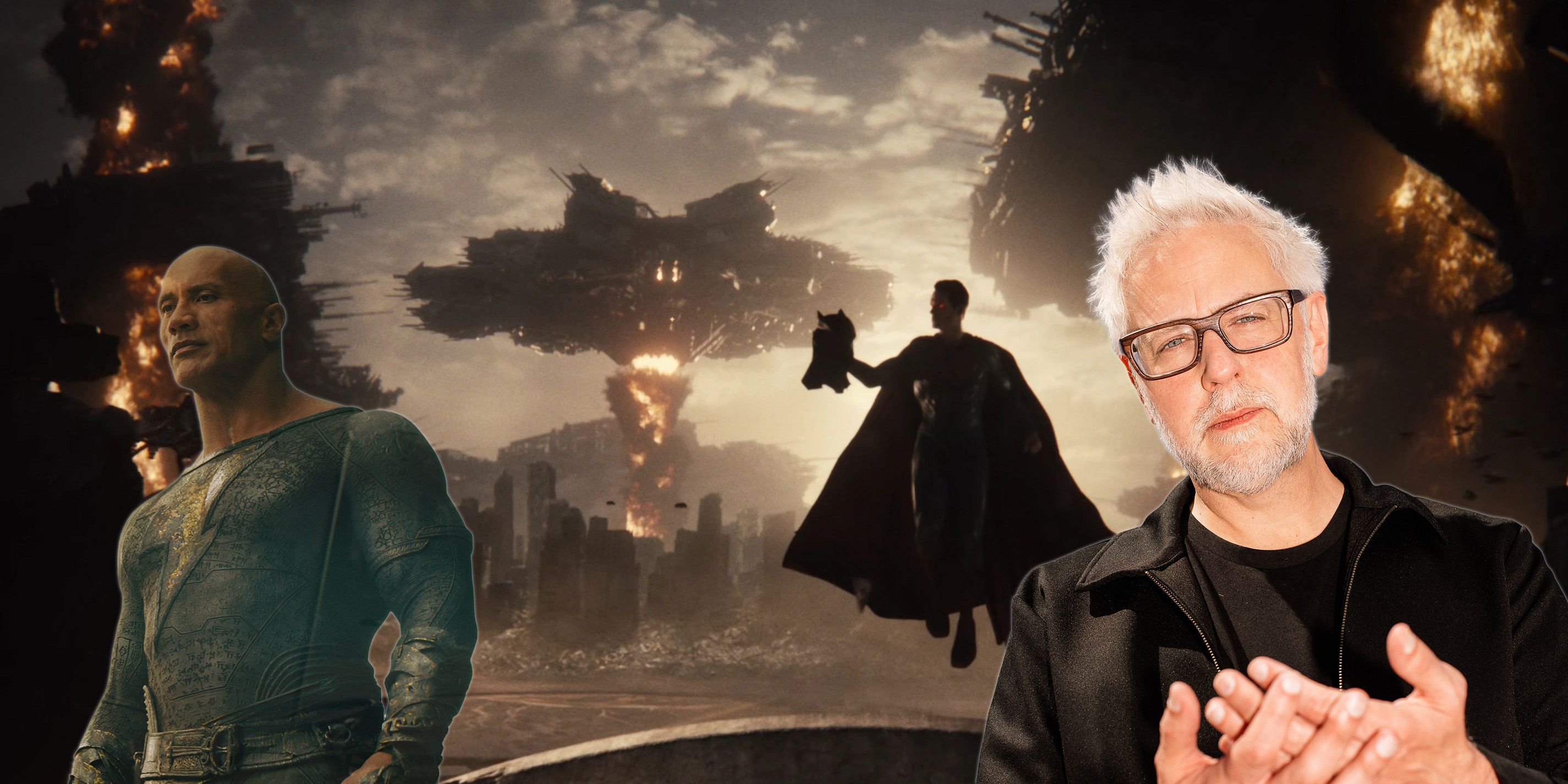
With James Gunn being put in charge of the future of the DCU going forward, there is a sense of hope for a new golden age for comic book films. If Gunn wants to truly change the course of the franchise, which has long suffered from deep structure issues, he has his work cut out for him.
If Gunn can successfully right the ship, he may reignite public interest in comic book movies. However, a few major tropes became staples of DC movies that Gunn has to be careful of when crafting his narratives. The future looks bright.
10Focusing On Darkness Made Characters Unsympathetic
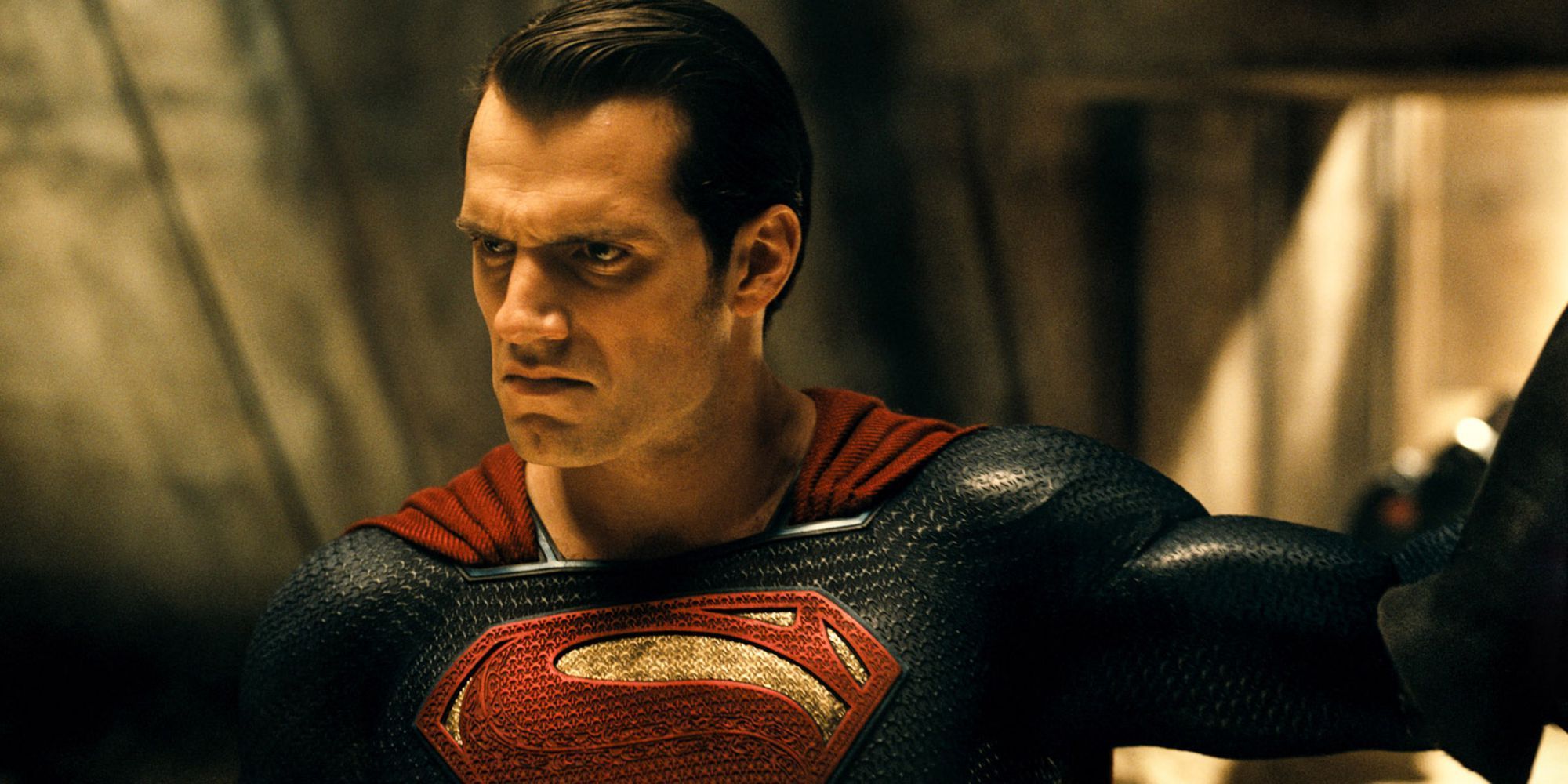
Superman doesn’t always have to be a boy scout, but as plotted by Zach Snyder, his descent into darkness made the character and the surrounding universe cold and unwelcoming. Perhaps it’s the lingering influence of The Dark Knight trilogy or just Snyder’s views on Superman, but Superman being off-putting became a trope.
Superman is so physically powerful and central to the DCEU as a plot element that the tone of his stories radiates out and colors every other film. With Gunn’s explicit plans to make his own Superman, there is change on the horizon that should change everything.
9Everyone Killing Was A Bad Start (Batman V Superman: Dawn Of Justice)
In DC Comics, there is a thick line separating heroes, who do not kill, and vigilantes/anti-heroes who often do. The DCEU was quick to establish, however, that all of its characters were not only capable of killing, but it was also a part of their stories.
When Superman is forced to kill Zod in Man of Steel, it’s a deeply tragic moment, but when Batman has no issue killing multiple thugs in his introductory fight in Dawn of Justice, it comes off as insulting to the character. It’s a common instinct when dealing with comic books, which are often considered childish, to make them bloodier, but another valid option is to make them with love and appreciation for the characters.
8All Heroes Coming From Tragedy Is Monotonous
Looking through the biographies of all the heroes featured in the DCEU, one pattern becomes aggressively apparent. In this universe, one can only become a superhero after going through some intense trauma. Though this trope is by no means rare in comic books, there are other ways people can be inspired to be courageous.
Arguably, the only real exception to this rule is Wonder Woman, whose trauma is largely limited to being cut off from her family and being immortal, both of which are less intense than Batman or Superman’s issues. With Gunn’s plans on reorienting DC movies, there is a great opportunity to diversify hero origins.
7All Stories Being On Gigantic Scales Is Exhausting
One of the most exhausting elements of comic book universes is how fragile life is. Because of the instinct to constantly raise the stakes from the previous film, every subsequent movie must have a bigger threat, each attempting to destroy all life.
RELATED:Kingdom Come & 9 Other DC Events James Gunn Could Use To Revamp The DCU
While the MCU was able to avoid this in its early days thanks to Iron Man being about corporate malfeasance rather than an existential threat, the DCEU started with Man of Steel, where the villain is plotting human extinction. The new plans for the DCU feature a more diverse scale, which will allow for more exploration of the world and a greater appreciation for its inhabitants.
6Teasing Major Past Events Just Wastes Great Stories
A Death in the Family is one of the most significant Batman storylines, but it has never really been adapted to live-action, other than in references. Batman v Superman: Dawn of Justice and Suicide Squad reference the tragic event, but that is simply not enough.
Comic book movies still put a lot of value on the Easter egg. Creators like to plant references to the larger universe within their films to build out continuity and appeal to fans. While the effect is often as intended, sometimes it’s just a waste. The DCEU used Death in the Family to establish its grittiness but ended up skipping one of Batman’s most formative adult moments.
5The DCU Needs More Charismatic Heroes
Though they can be incredibly diverse, Comic Book movies are constantly categorized as being for children. While there is some truth to the view, some creators become obsessed with overcoming the label, often by stripping their hero of any measurable charisma.
RELATED:10 DC Animated Movies Better Than Their Live-Action Versions
While the DCEU is arguably successful in targeting a relatively mature audience with its films, the universe was never able to pull back to tell truly heartwarming stories. The franchise’s lightest offering, Aquaman, is the exception and almost feels separate thanks to its tone. Audiences are not always prepared to spend multiple hours with an off-putting protagonist, so it’s exciting to see what will come with the future direction.
4DC Needs Its Characters To Change Less Between Movies
Looking back on how the DCEU developed its heroes, it becomes clear how much the disappointed fan reactions affected characterizations. Marathoning each film in sequence can be a confusing game of figuring out what could have happened to change everyone between films.
The greatest, or perhaps worst, example of this is Batman. Between Dawn of Justice and Joss Whedon’s Justice League, the caped crusader goes from arguably the character’s darkest depiction up to that point to a version slightly more fun than Ben Affleck can handle. The extreme change, like many made, makes little sense other than as an over-correction and ultimately detracts from the viewing experience.
3DC Shouldn’t Kill Off Characters Just Because They Don’t Fit At The Time
With the DCEU’s dark tone, a lot of work had to be done to adapt its source material properly. For DC Comics’ lighter characters, that meant either exclusion or death in the extremely wasteful case of Jimmy Olson.
RELATED:10 Superman Villains Perfect For James Gunn’s Reboot
Jimmy Olson is Superman’s best friend. He, along with Lois Lane and his parents, represent his strongest links to humanity and his civilian identity of Clark Kent. While eliminating the character is a strong move toward isolating Superman, it’s too final. Character deaths are a dramatically powerful move, but in this case, it’s just wasteful. Death is not the only way to take a character off the board.
2The DCEU’s Continuity Relies On Retcons Far Too Heavily
Retroactive continuity, or a retcon, is a classic feature of comic book storytelling, where a later issue will change past events going forward. In comics, this is often essential because of the time differential between the medium and its publishing schedule.
The DCEU used retcons to expand its universe between movies without doing much work. Each new entry into the universe reveals a new aspect of the world’s superhuman reality as being already established, even though the change would destabilize all the previous films. Perhaps the most egregious example of this is in Black Adam, which introduces multiple heroes with alleged backstories who have conveniently never been mentioned before.
1The DCEU Has Too Much Death
When Thanos successfully eliminates half of the universe’s life in Avengers: Infinity War, it is rightfully seen as a tragedy on a whole new scale. Unfortunately for the DCEU, such moves would be received differently, thanks to the franchise’s earlier and much higher per-film death count.
Thanks to Man of Steel, immediately establishing the DCEU as the universe where massive civilian casualties are par for the course, the dramatic value of life is diminished. Viewers follow the heroes, who, more often than not, survive their encounters but are given few opportunities to learn about ordinary people, who are more often used as victims rather than actual characters.





